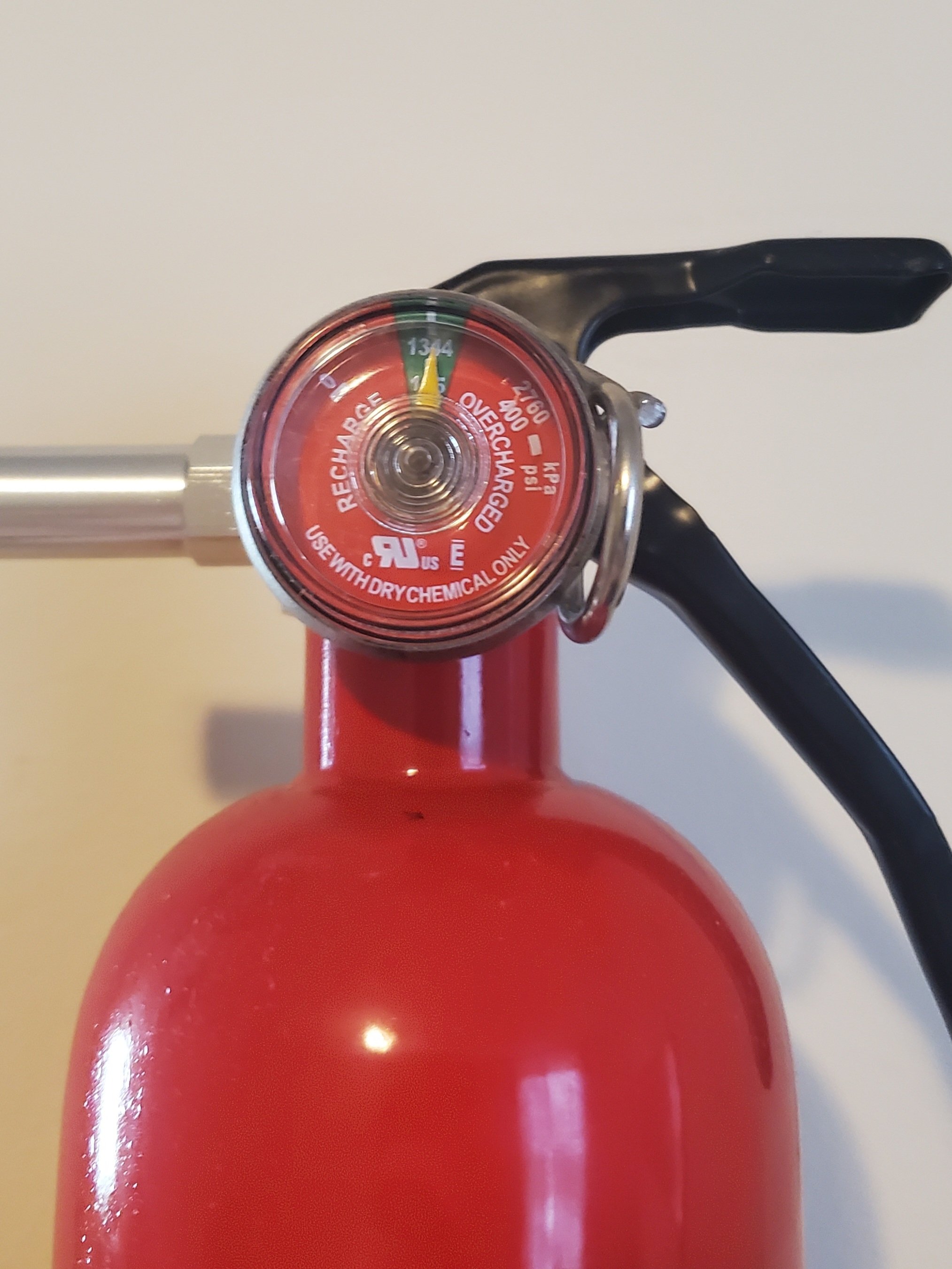Ask Lemmy
A Fediverse community for open-ended, thought provoking questions
Rules: (interactive)
1) Be nice and; have fun
Doxxing, trolling, sealioning, racism, and toxicity are not welcomed in AskLemmy. Remember what your mother said: if you can't say something nice, don't say anything at all. In addition, the site-wide Lemmy.world terms of service also apply here. Please familiarize yourself with them
2) All posts must end with a '?'
This is sort of like Jeopardy. Please phrase all post titles in the form of a proper question ending with ?
3) No spam
Please do not flood the community with nonsense. Actual suspected spammers will be banned on site. No astroturfing.
4) NSFW is okay, within reason
Just remember to tag posts with either a content warning or a [NSFW] tag. Overtly sexual posts are not allowed, please direct them to either !asklemmyafterdark@lemmy.world or !asklemmynsfw@lemmynsfw.com.
NSFW comments should be restricted to posts tagged [NSFW].
5) This is not a support community.
It is not a place for 'how do I?', type questions.
If you have any questions regarding the site itself or would like to report a community, please direct them to Lemmy.world Support or email info@lemmy.world. For other questions check our partnered communities list, or use the search function.
6) No US Politics.
Please don't post about current US Politics. If you need to do this, try !politicaldiscussion@lemmy.world or !askusa@discuss.online
Reminder: The terms of service apply here too.
Partnered Communities:
Logo design credit goes to: tubbadu
view the rest of the comments


How does powder settling affect a pressure gauge? There has been no change to the internal pressure of the vessel, the change loose vs compacted powered will not change the volume of materials inside the extinguisher. The only way the pressure should change is if there’s a leak.
It very much depends on the specific materials which is why it is a "let's not get into this and just say 'better safe than sorry'" situation but: Even if the powder is settled, it is going to almost immediately get kicked up and re-mixed once you start spraying. Probably don't test this for yourself for obvious reasons, but that is why a "fresh" can of spray paint will basically always work. It might not be even for the first few sprays but it rapidly becomes even.
Over simplifying (because molecular dynamics and shit) but think of it like a really crowded room. You basically can't sit down, let alone lie down, if it is crowded enough. And even if you try, someone will nudge you (or kick you) and you will get going.
As the pressure decreases, the settled powder is less likely to be disturbed and you are more likely to wake up from your nap wondering why nobody else is waiting for the new Star Wars with you. And that is why paint cans have the shaker and so forth.
So if your fire extinguisher has settled/compacted to the point that it is not viable? It is almost guaranteed to be because of a pressure leakage and that would be reflected on the gauge.
Now, there is probably some variant where this can happen regardless. But that would be a bad product anyway because these need to work even if nobody can ever be bothered to find the key to the glass box.
Your logic is not correct. Powder and people are not the same. Volume is volume, and particles of fire retardant are not changing size or quantity. If pressure drops substantially in an extinguisher, it’s leaking.
A can of fresh spray paint works because the seals are all still good and the nozzle isn’t clogged, and cans of used spray paint can leak out pressure or have the nozzle or other plumbing jammed up with dried spray paint.
You're right, the pressure gauge shouldn't change without a leak or temperature change (Boyle's Law and such). But it's hard to have a 100%, no-leak extinguisher. There's plenty of points of failure to keep the thing pressurized, and the leak could be imperceptible (over months) or a rapid failure
And you wanna keep contents from settling as well, so you don't just spray gas when trying to use it. So you mix it a bit and inspect the gauge every so often, because you don't want it to fail when you need it most
Ideally, it shouldn't lose pressure. But also ideally, you don't have a fire that requires an extinguisher in the first place
But yes, you're right on that one. "Settling" of the fire-retardent wouldn't cause a pressure change. It's just part of the safety inspection to check the gauge as well as to "mix" it... keeping it ready to go